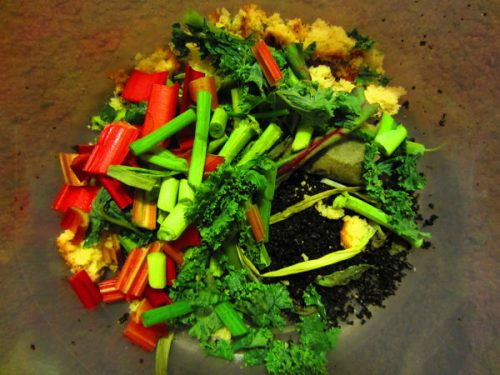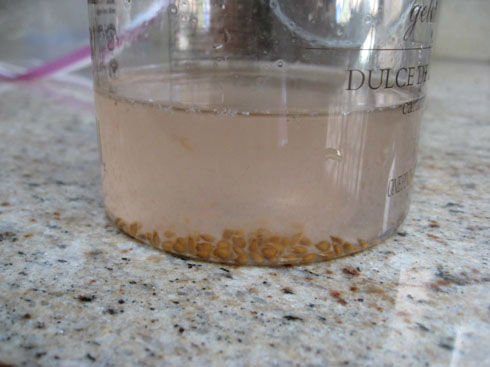A new member of the Gardenerd community writes in:
“I just recently moved into a newly constructed house and would love to have a garden in the backyard. However, the soil around the house is filled with chemicals from the construction process. I plan on removing about 2 and a half feet of dirt, covering it with organic compost, and letting the sun (heat) and oxygen do its thing so I can plant in march. Is this enough? Should I be doing something else?”
Firstly, congratulations on your new house! I think a garden is a perfect choice (but then again, I’m biased). Secondly, ho there tiger! My concern with your question is around the fact that you want to remove the top 2 1/2 feet of soil. That’s your top soil, which is very important to have in a viable garden. Not to mention the backbreaking part of that equation. Even in French Intensive gardening, the soil is conditioned to a depth of 2 feet, but not removed. You’re going to want that soil, unless, of course, it is completely toxic. I have a couple of alternatives for you instead.
1) Get your soil tested. You will want to find a company that tests for environmental toxicity, not just your pH levels and nitrogen, phosphorus and potassium. Most nurseries offer the service or have a company to recommend for customers. Check out this websites for more information on where to find soil testing where you live:
https://www.homeadvisor.com/near-me/soil-testing
Take samples from several places in your yard and send it off to a lab. This will give you more information that you could ever want, but you’ll know exactly what you’re dealing with, and can take the appropriate steps necessary once you know what’s wrong with it.
A little bit of trivia: National Organic Standards (that’s the set of guidelines that determine the certification procedure for organic farming) state that you have to practice organic farming for 3 years before you can be certified Organic. This means that the soil has to be free of chemical application for 3 years. Given this information, I have always assumed that it takes about that long for chemicals to remove themselves from the soil on their own. This may serve as a guideline in this case (if you do end up finding chemical traces in your soil).
I have a couple of suggestions:
Phytoremediation – if you find that you have chemicals in the soil, there might be room for this. Phytoremediation is the use of plants to remove toxins from soil and groundwater. This is used on an industrial level and is becoming more mainstream for toxic cleanup. There are pros and cons to this. The article below gives an overview and lists some plants and trees that work well for phytoremediation.
https://www.frontiersin.org/journals/plant-science/articles/10.3389/fpls.2020.00359/full
Raised Beds – I find that raised beds solve a world of problems, this being one of them. If you soil is unusable, you can build a raised bed on the surface, add your own blend of soil and amendments and start planting right now. Choose a spot in a sunny location where you think the least amount of damage was done to your soil. Gravity will take care of flushing the soil below as you water you newly planted raised bed.
Grow flowers for now – if you want to wait three years to plant vegetables, you can plant flower now, as long as you aren’t going to eat them.
I hope this may save you some backbreaking work in your near future. Keep us posted on your efforts, and thanks for writing in.



Pingback: Post-Wildfire Gardening - Are My Veggies Safe to Eat? - Gardenerd